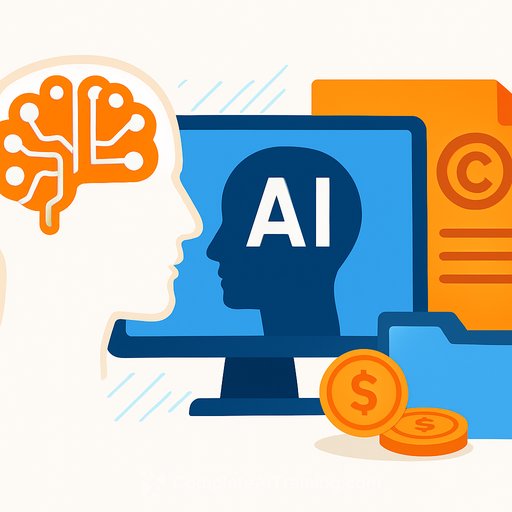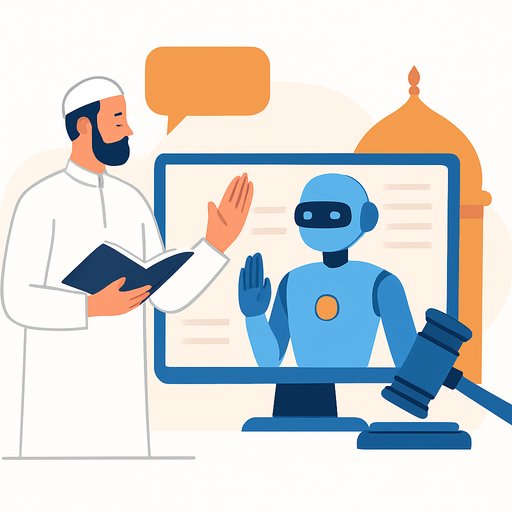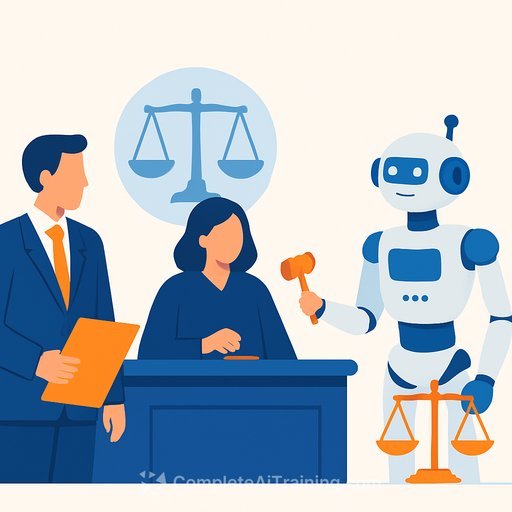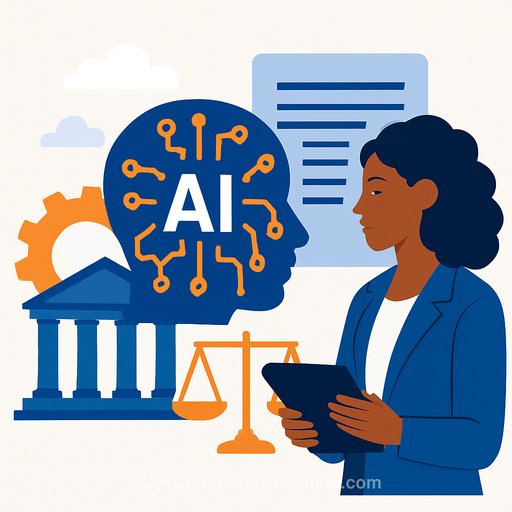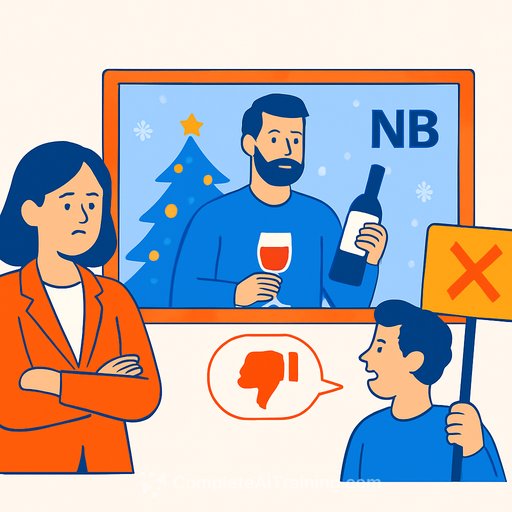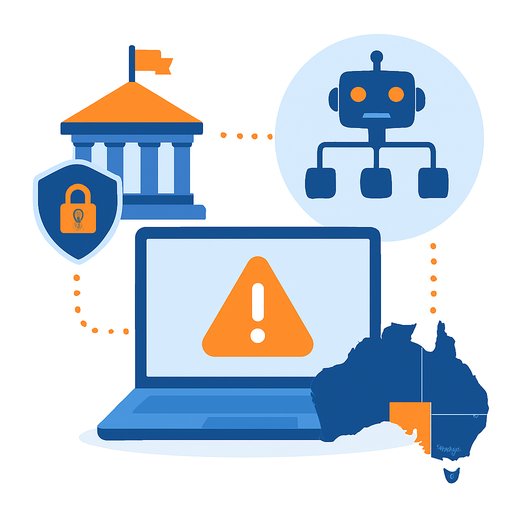Australia Sets Its AI Copyright Direction - No Text and Data Mining Exception
The Albanese Government has confirmed it will not introduce a Text and Data Mining (TDM) exception into Australia's copyright law. That decision keeps the default position clear: using Australian creators' works to train AI requires permission or a licence.
At the same time, the Government is consulting on practical updates to prepare for AI-related copyright challenges. The aim is to protect and support creators while enabling lawful, useful applications of copyright material.
What's off the table
A broad TDM exception-allowing AI developers to use copyright works for training without permission or payment-has been ruled out. This provides immediate certainty for rights holders and sets expectations for AI developers operating in Australia.
What's being explored through CAIRG
The Copyright and AI Reference Group (CAIRG) is meeting to progress three priority areas:
- Fair, legal avenues for AI training: Assess whether to create a new paid collective licensing option under the Copyright Act for AI uses, or continue with voluntary licensing.
- Improve certainty: Clarify how copyright applies to material produced with the help of AI, including authorship, ownership, and attribution questions.
- Lower-cost enforcement: Consider a small-claims forum to handle lower-value infringement efficiently.
What this means for government and legal teams
- Audit data use: Map any AI training, fine-tuning, or dataset ingestion against existing licences and exceptions. Document provenance and retention policies.
- Plan for licensing models: Develop a policy position on collective licensing for AI (pricing signals, governance, transparency, data access, and reporting).
- Tighten procurement: Update vendor terms to cover training data provenance, usage logs, model disclosures, warranties, and indemnities. Require opt-in for any training on your materials.
- Manage output risk: Set guidance on AI-assisted works-originality thresholds, moral rights, attribution, and records of human contribution.
- Prepare for small claims: If introduced, align evidence practices for quick actions: screenshots, timestamps, source capture, and internal approval trails.
- Engage early: Participate in CAIRG-related consultations and industry forums to influence workable solutions for both creators and AI deployers.
Policy intent and industry signal
The Government's message is clear: support innovation, but not at the expense of Australian creatives. Technology companies and rights holders are encouraged to collaborate on practical licensing and compliance pathways that compensate creators and keep AI adoption on firm legal ground.
Officials have reiterated there are no plans to weaken copyright protections. Expect continued work with both sectors to align incentives, reduce friction, and create clear avenues for lawful use.
Useful references
Upskill your team for AI policy and procurement
For legal and policy teams building AI capability with compliance in mind, see AI courses by job role.
Your membership also unlocks:

